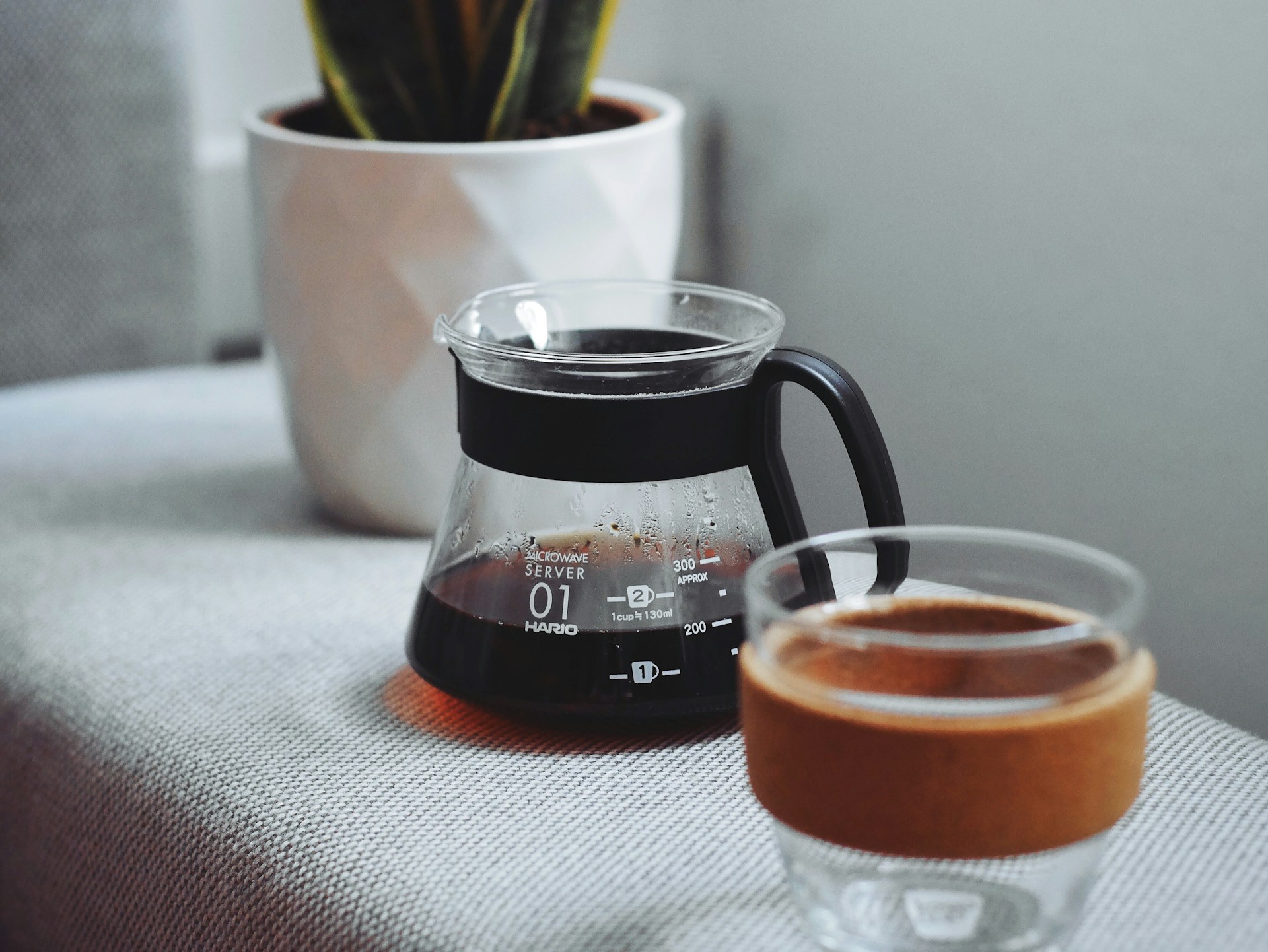Let Your Coffee Cool Down

Photo: Goran Ivos
The first time I realized I preferred cold coffee was when I left an Americano, hastily purchased from a coffee shop, untouched for a few hours. When I finally tasted it, I was shocked—it was *ten* times better cold! I’ve never been a huge fan of Americanos, so this really stood out to me.
As a die-hard filter coffee enthusiast, using brewing methods like pour-over and French press, I started noticing the same phenomenon more and more. Coffee that’s been left to cool for at least an hour after brewing always had a more complex, richer, and fuller taste.
There are a few reasons why this happens, and they’re grounded in both sensory science and the chemistry of coffee extraction. First and foremost, the human palate is better at perceiving flavors at lower temperatures because our taste buds function more effectively when they’re not being numbed or burned by heat. This is why cold coffee reveals subtler notes and complexities that hot coffee often masks. When coffee cools, bitter compounds mellow out, while sweetness and acidity—the bright, fruity notes in good coffee—are amplified. This is the same reason why professional coffee cuppers taste coffee at lukewarm or room temperature, not hot.
Secondly, even after the brewing process has ended, the extraction of coffee compounds doesn’t stop immediately. As coffee cools, tiny suspended particles continue to extract, albeit at a slower and gentler rate. This ongoing extraction deepens the flavor profile without adding the harshness that can come from over-extraction at higher temperatures. Since the liquid environment is cooler, volatile compounds that might evaporate or degrade in hot coffee remain more stable, allowing the drink to maintain its complexity.
The cooling process also affects the perception of body and texture. As coffee reaches room temperature, it feels fuller and more rounded on the palate. Hot beverages can sometimes feel thinner due to their fluidity at higher temperatures, but as the coffee cools, the mouthfeel becomes more pronounced, giving the impression of a richer, more substantial drink.
In essence, when coffee cools, both the science of flavor perception and the chemistry of extraction align to bring out the best in the cup. So, the next time you brew a fresh batch, consider letting it sit for a while—you might just discover a whole new depth to your favorite coffee.